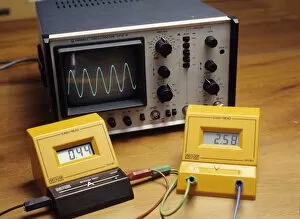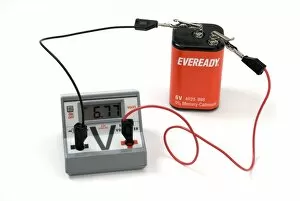Volts Collection
"Exploring the Electrifying World of Volts: From Oscilloscopes to Electric Rays" The Parson's 1/2 turbo-dynamo generated an impressive 65 volts
All Professionally Made to Order for Quick Shipping
"Exploring the Electrifying World of Volts: From Oscilloscopes to Electric Rays" The Parson's 1/2 turbo-dynamo generated an impressive 65 volts, revolutionizing power generation. In 1950, the Alstrhom electric locomotive boasted bi-current capabilities with a staggering voltage range of 1500 / 3000 volts. Breda electrical automotive vehicles embraced the power of up to 3000 Volts DC, paving the way for sustainable transportation. Did you know that torpedo rays can deliver shocks of up to 380 volts? Nature's own electric marvels. Two naked men depicted on ancient artifacts stood tall at Noah's time, their profile facing right - a fascinating glimpse into early human understanding of electricity. Early spacecraft utilized solar array panels as a source of energy, harnessing the sun's rays in outer space exploration. Dual voltage shaver points like C013 /9039 made life easier for travelers worldwide by accommodating different electrical systems. Emile Lowitz wowed audiences with his electrifying demonstration at Royal Botanic Society, showcasing the wonders and potential dangers of high voltages. Multimeters became essential tools for measuring and troubleshooting electrical circuits, enabling accurate readings across direct and alternating currents. From ancient discoveries to modern innovations, they have shaped our world in ways we couldn't imagine.





















